Jerusalem Post
ByPESACH BENSON/TPS
Using muon detectors, the team produced detailed images of underground features, including tunnels and cisterns, based on how soil absorbs cosmic radiation.
A team of Israeli researchers has developed a breakthrough that could transform archaeology: the ability to map underground spaces without digging, Tel Aviv University announced on Monday.
The university’s scientists demonstrated that cosmic radiation detectors, which measure muons - subatomic particles produced when cosmic rays collide with Earth’s atmosphere - can reveal hidden voids beneath ancient sites, offering a way to explore subterranean structures safely and efficiently.
“A major problem for archaeologists is discovering deep underground voids beneath rocks,” said Prof. Oded Lipschits of Tel Aviv University’s Jacob M. Alkow Department of Archaeology and Ancient Near Eastern Cultures.
“Above-ground structures are relatively easy to excavate, but there are no effective methods for conducting comprehensive surveys of subterranean spaces beneath the rock. If we happen to find a cavity while digging, we can explore it, but we have no way of locating these spaces in advance. Now, for the first time, we have a method that allows us to see underground before touching a shovel.”
The research team, led by Prof. Erez Etzion of the Raymond and Beverly Sackler School of Physics and Astronomy, demonstrated the technology at Jeremiah’s Cistern at the City of David archaeological site in Jerusalem. The cistern is an ancient underground water reservoir named after the biblical prophet Jeremiah, though there is no direct evidence that he constructed or used it.
Archaeology excavation. (credit: Xolodan. Via Shutterstock)
New TAU technology is breakthrough for archaeology
Using muon detectors, the team produced detailed images of underground features, including tunnels and cisterns, based on how soil absorbs cosmic radiation.
Advertisement
The team’s study was recently published in the peer-reviewed Journal of Applied Physics.
“The muon shower hits the ground at a fixed and known rate,” explained Prof. Etzion. “Muons can penetrate much deeper than other particles, losing energy slowly as they pass through rock. Empty cavities allow more muons through, so by monitoring the muons, we can pinpoint voids. It’s like X-ray imaging: the muons are the X-ray beam, the underground voids are the bones, and our detectors act as the camera.”
The demonstration included a high-resolution Light Detection and Ranging (LiDAR) scan of Jeremiah’s Cistern. LiDAR complements muon scanning by providing a precise 3D map of the surfaces and cavities that are already visible or accessible, while muon detectors reveal hidden voids that cannot be seen or reached directly. Essentially, LiDAR gives the “skeleton” of known structures - walls, floors, and tunnels - while muons act like X-rays that show where empty spaces exist behind or beneath that structure.
By combining the LiDAR and muon scans, archaeologists can align the data with a detailed 3D model, confirming the size, shape, and location of underground chambers, tunnels, and structural anomalies.
“This is a first milestone,” said Prof. Lipschits. “Our goal is to produce 3D images of subsurface spaces before excavation begins, combining physics, archaeology, and AI. This could save years of work, protect fragile sites, and allow us to discover ancient structures that would otherwise remain hidden.”
Prof. Etzion added, “The technology itself isn’t new - muons were used to search for hidden chambers in Egypt’s pyramids in the 1960s - but our innovation is making detectors small, mobile, and practical for archaeological sites. This means we can map entire sites layer by layer, without disturbing them.”





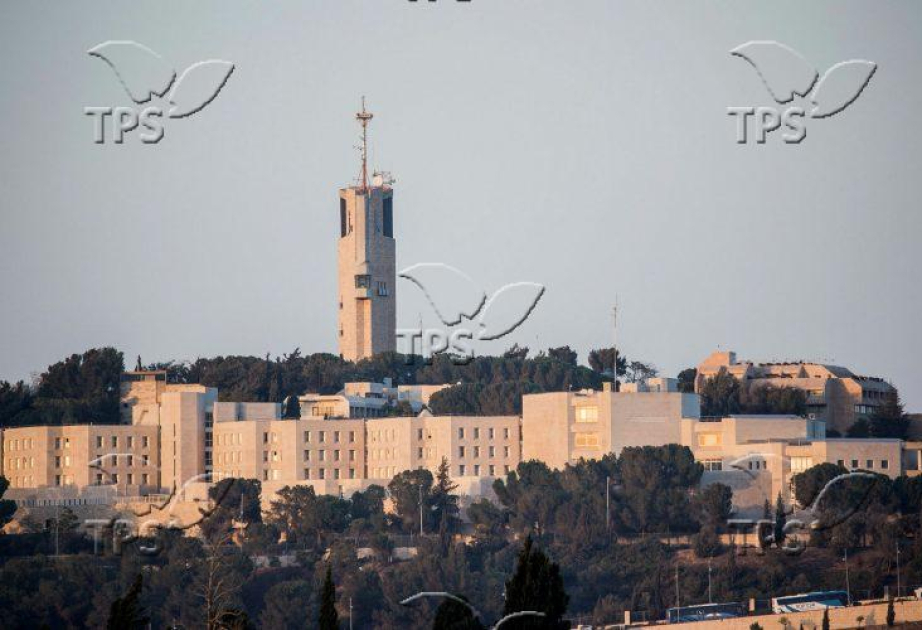


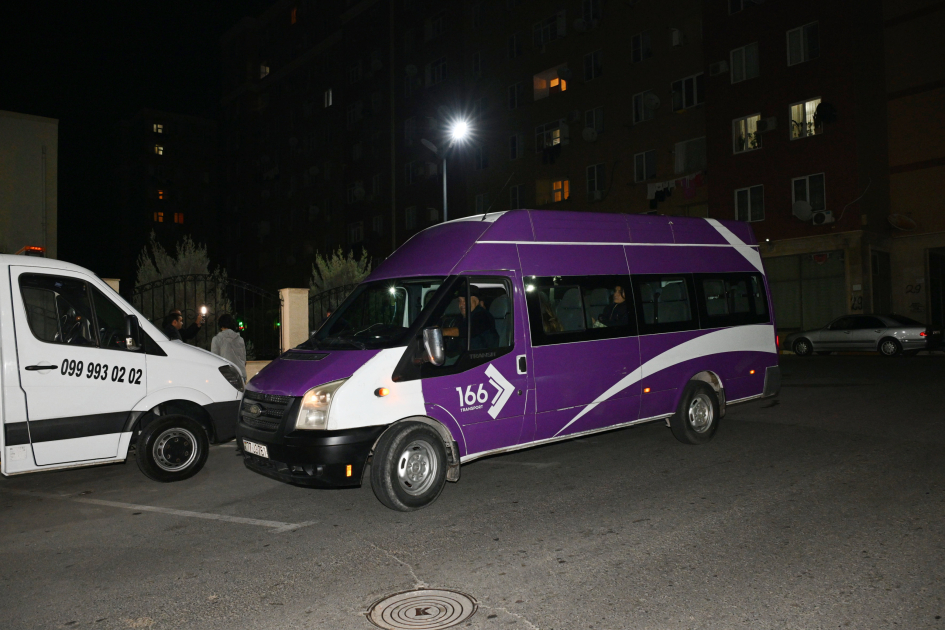
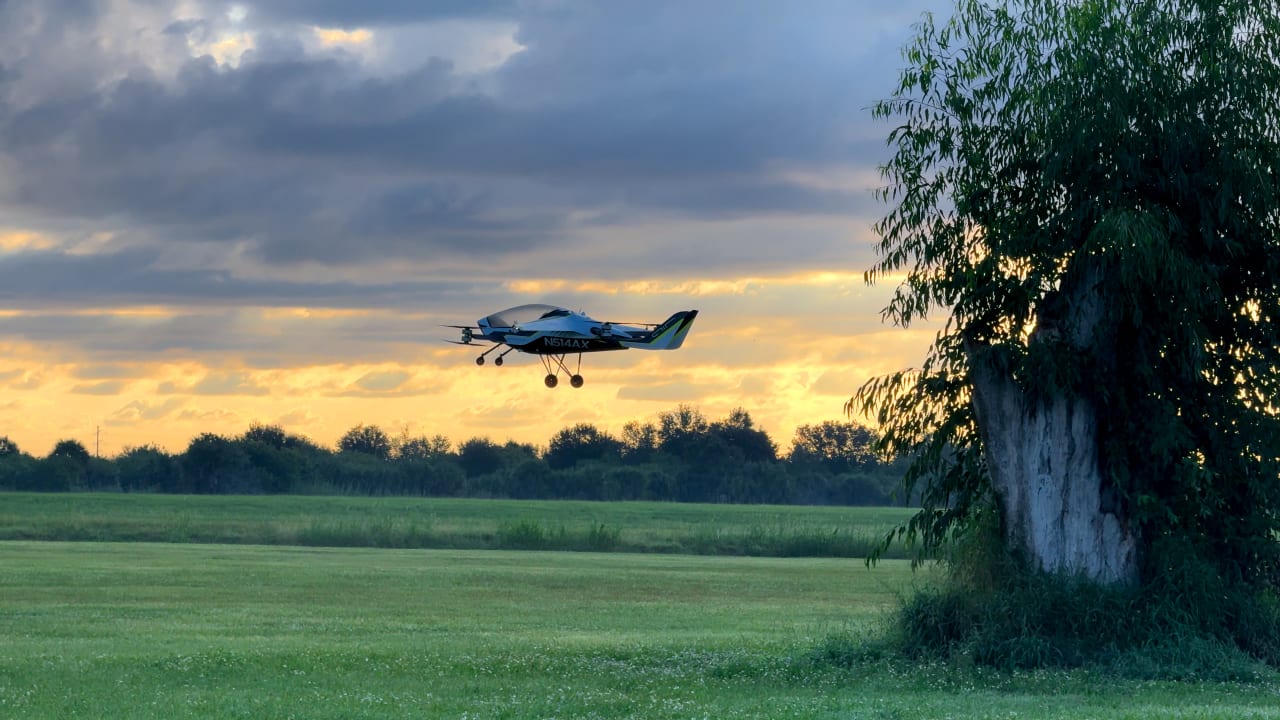


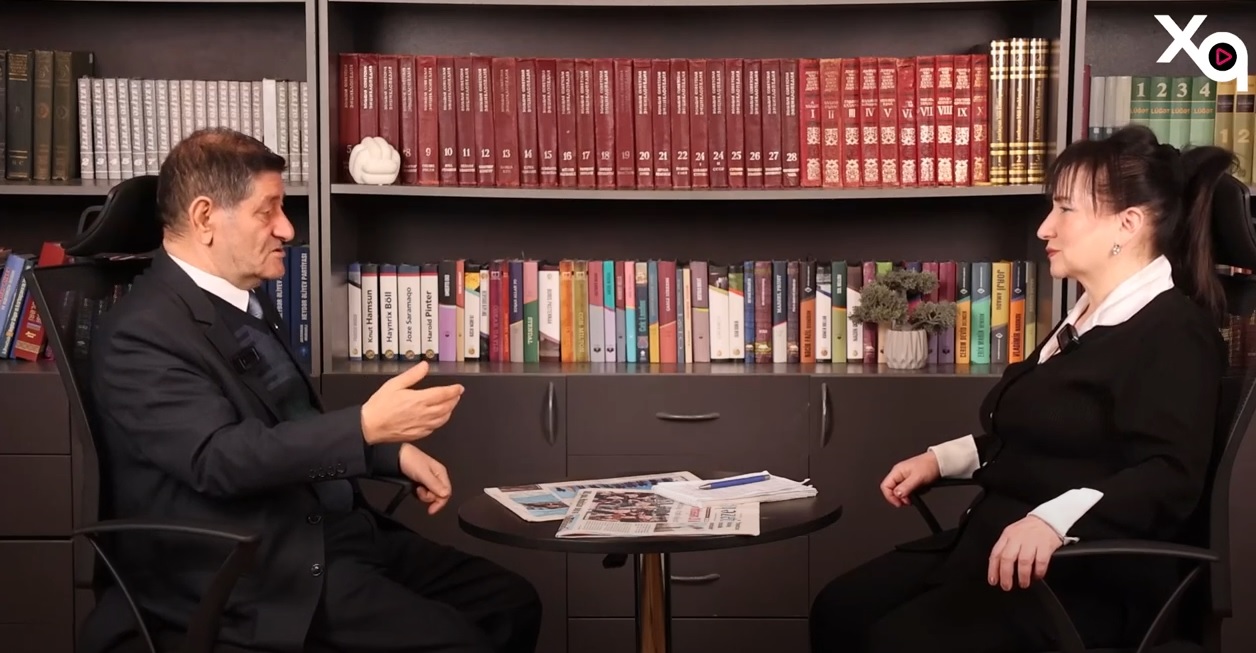
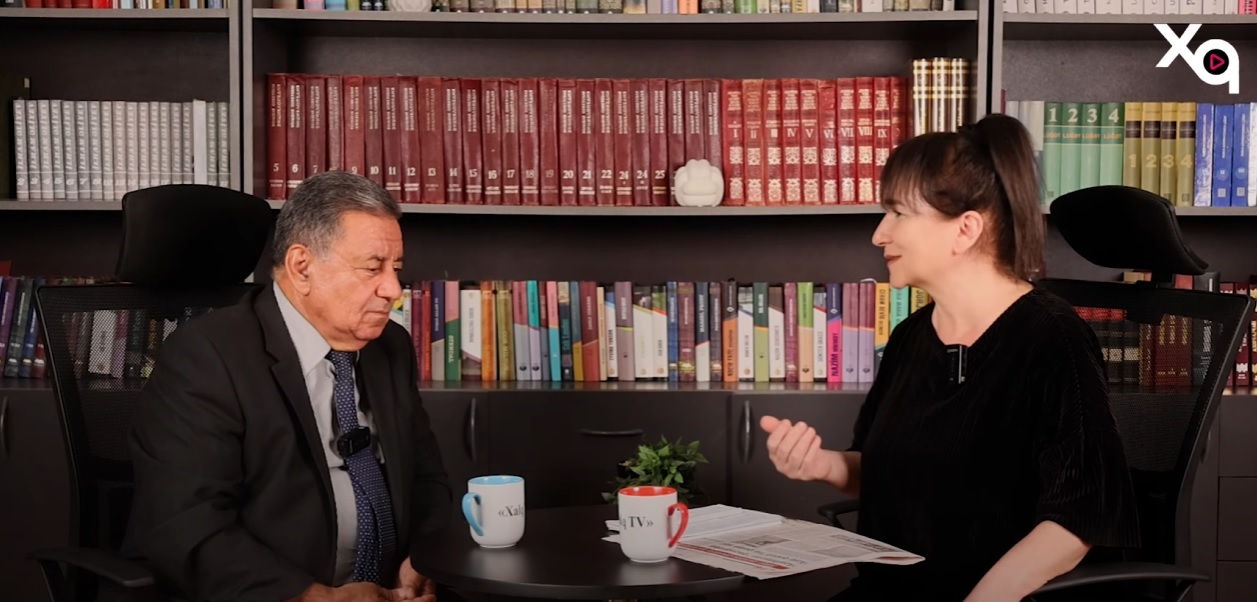
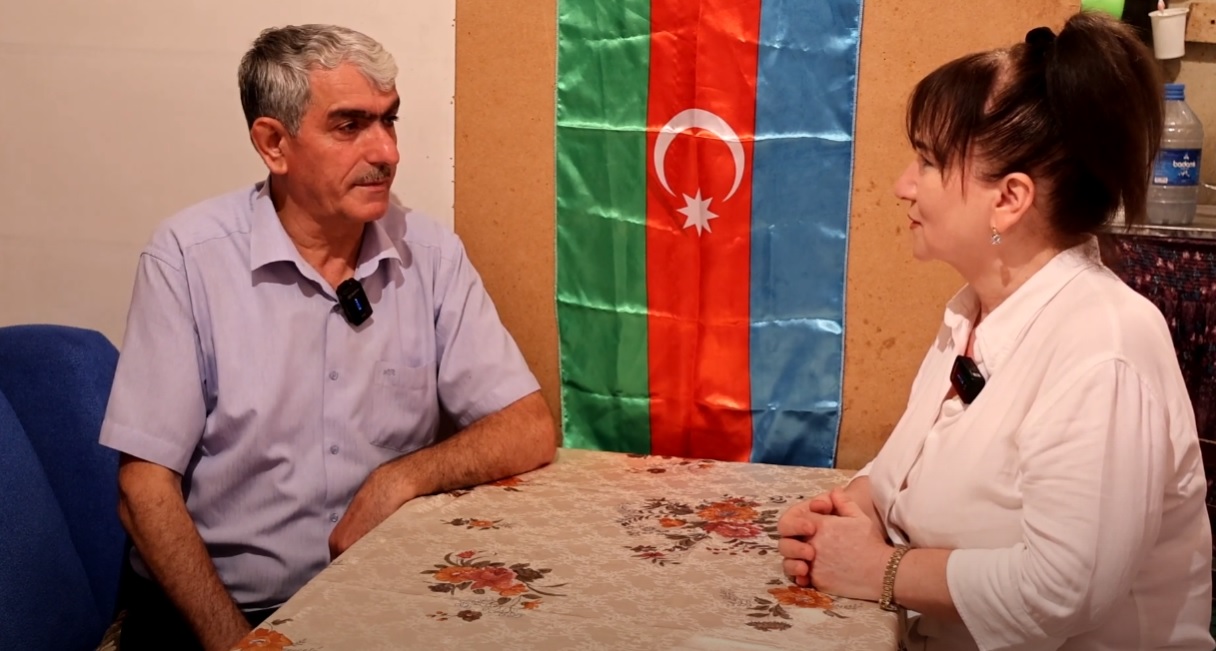
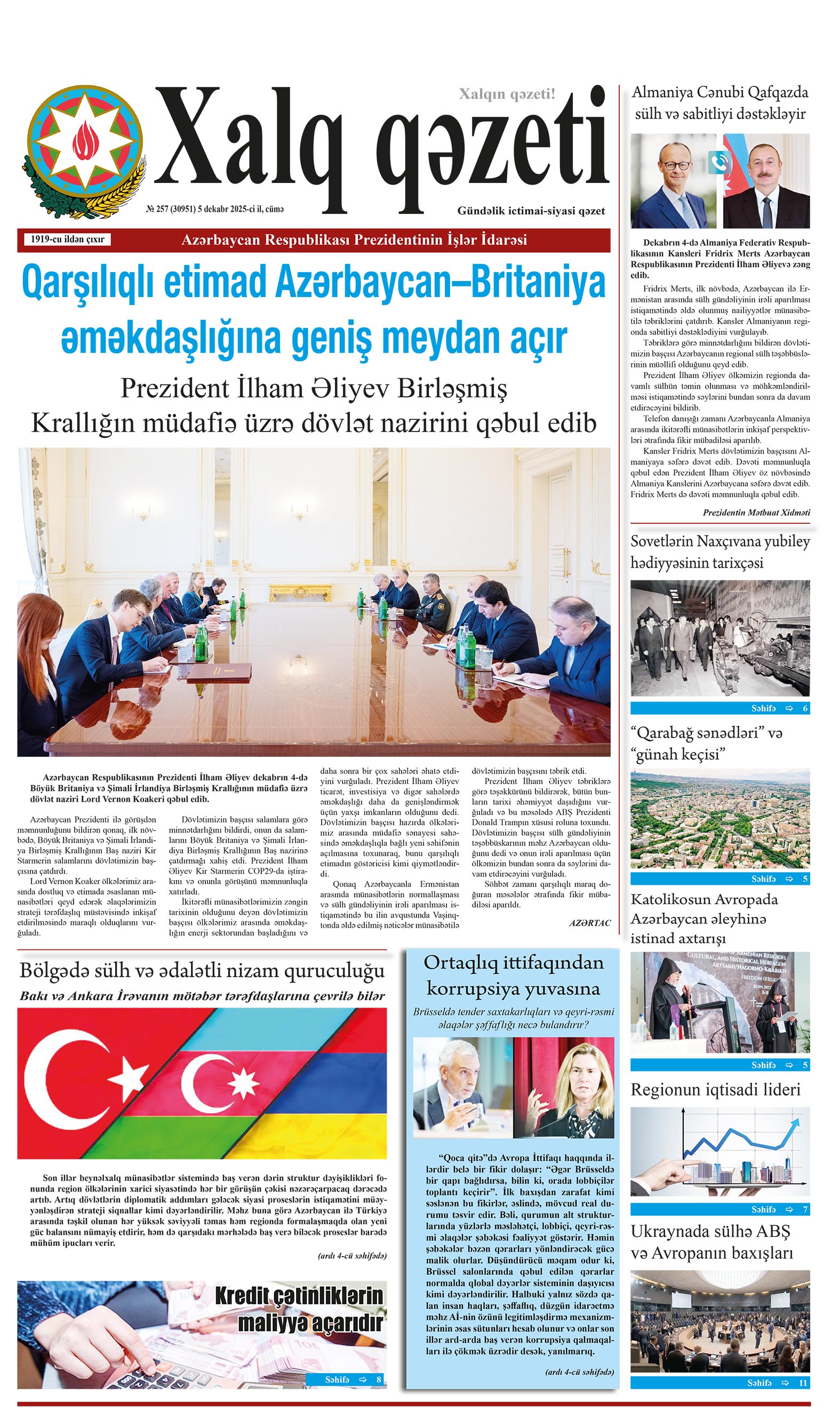



.jpg)